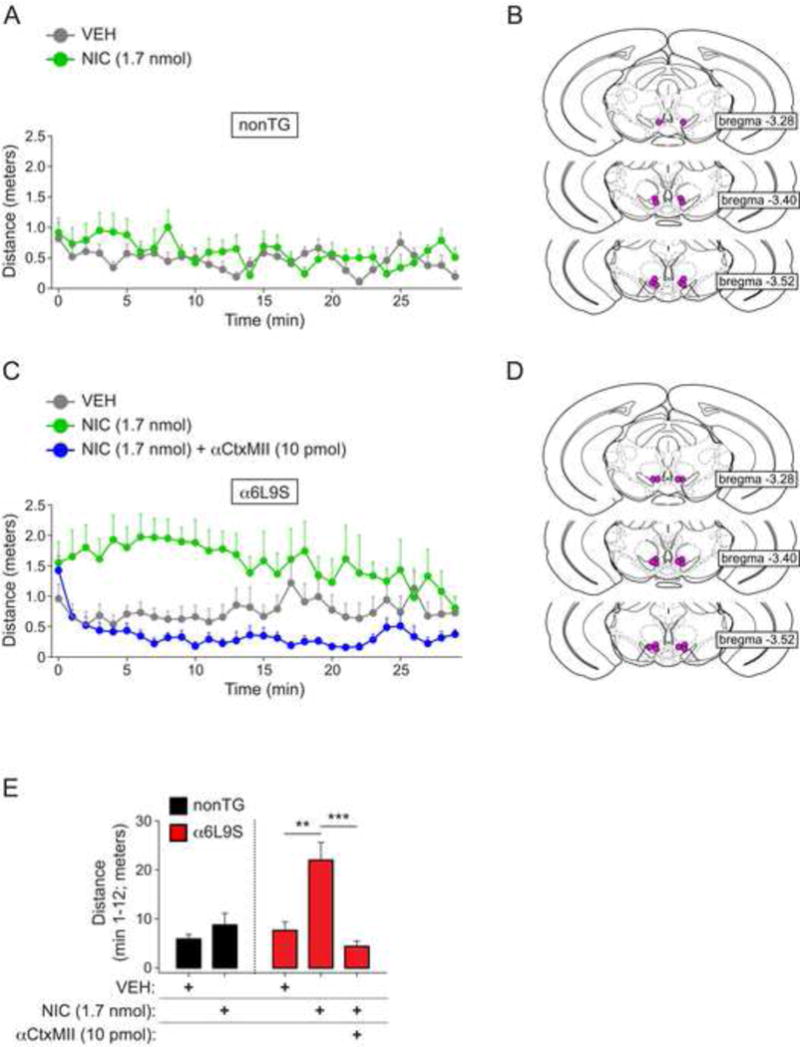Figure 5. Locomotor activation in α6L9S mice requires α6* nAChRs in VTA.

A) Low-dose nicotine infusion into VTA of nonTG mice does not stimulate locomotor activity. Vehicle (VEH; n=6) or 1.7 nmol of nicotine (NIC 1.7 nmol; n=6) was infused into the VTA of isoflurane-anesthetized nonTG mice. Following infusion, mice were immediately removed from isoflurane and locomotor activity was measured for 30 min.
B) Cannula placement in VTA for infusions of VEH/NIC in VTA of nonTG mice. Approximate site of nicotine delivery is marked with a purple dot.
C) Nicotine infusion into VTA of α6L9S mice stimulates locomotor activity, and co-infusion of nicotine with αCtxMII blocks locomotor activation. Vehicle (VEH; n=8), 1.7 nmol of nicotine (NIC 1.7 nmol; n=6), or 1.7 nmol of nicotine plus 10 pmol of αCtxMII (NIC 1.7 nmol + MII 10 pmol; n=8) were infused into the VTA of isoflurane-anesthetized mice. Following infusion, mice were immediately removed form isoflurane and locomotor activity was measured for 30 min.
D) Cannula placement in VTA for infusions of VEH/NIC/NIC+αCtxMII in VTA of α6L9S mice. Approximate site of nicotine delivery is marked with a purple dot.
E) Quantification of locomotor activity. Distance traveled following infusion of the indicated drug(s) into nonTG (A; n=6) and α6L9S (C; n=6–8) mice was recorded for 30 min, and mean distance traveled from minute 1 to 12 for each group is plotted. Mann-Whitney U-test: **p<0.01 (actual: p=0.0027), ***p<0.001 (actual: p=0.0007)
